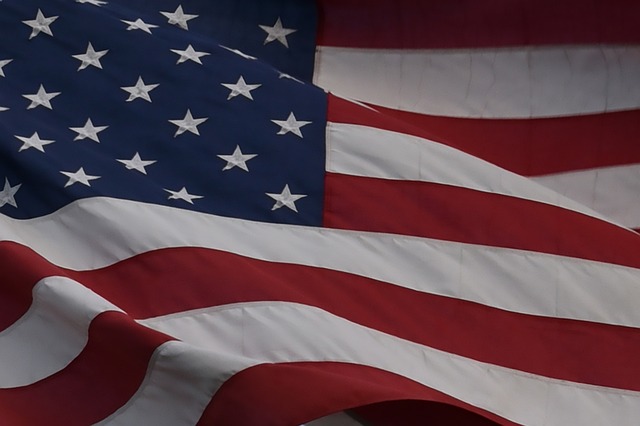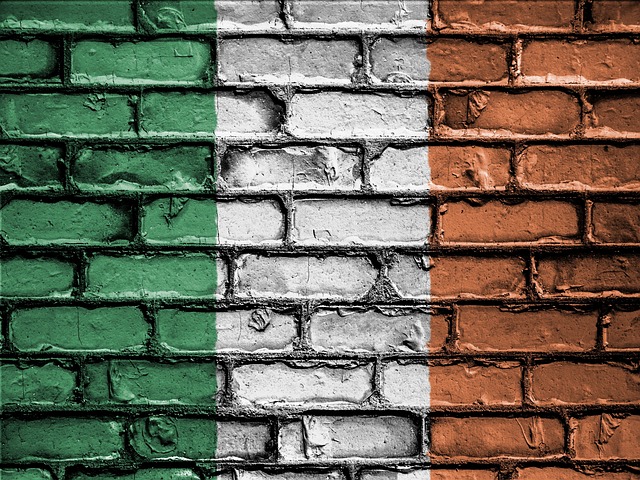The American Indian Flag is a vibrant expression of Native American identity, pride, and resilience, weaving historical narratives and cultural symbolism unique to each tribal community. Emerging from a history of assimilation policies, it represents self-determination and the preservation of diverse indigenous cultures. Modern designs emphasize cultural significance through colors, patterns, and symbols like eagle wings and stylized landscapes. Displaying the flag requires understanding cultural protocols, typically during heritage months or ceremonies. Native American tribal events, featuring traditional dance, music, art, and storytelling, highlight resilience and unity, with the American Indian Flag as a central symbol of collective struggles and achievements. Today, the flag fosters community engagement, cultural pride, and heritage preservation through education and outreach programs.
“Discover the powerful symbolism and rich history behind Native American flags, which have evolved significantly over time. From their roots in traditional art to modern interpretations, these flags serve as vibrant tapestries of tribal heritage. This article explores the protocols and significance of displaying these flags, highlighting their role in celebrating tribal events and gatherings. We delve into community engagement and the ongoing importance of Native American flags in modern times, emphasizing their status as symbols of pride and cultural resilience.”
- Understanding the Symbolism and History of Native American Flags
- The Evolution of the American Indian Flag Designs
- Protocols and Significance: When and How to Display These Flags
- Celebrating Tribal Heritage: Events and Gatherings
- Community Engagement and the Role of Flags in Modern Times
Understanding the Symbolism and History of Native American Flags

Native American flags are more than just colorful banners; they carry deep symbolism and historical significance, reflecting the diverse cultures and traditions of tribal communities across the United States. Each element within these flags holds meaning, often depicting spiritual beliefs, natural elements, or important historical events. For instance, common symbols include feathers, representations of mountains and rivers, and images of animals that hold cultural value. These flags serve as a visual expression of identity, pride, and resilience for American Indian tribes.
The history behind Native American flags is equally fascinating. Many were designed in the 19th and 20th centuries to promote tribal unity and assert sovereignty during a time of significant cultural loss and assimilation policies. Some tribes created their own unique flags as a form of self-determination, while others adopted designs inspired by traditional art or symbols used in ceremonies. Today, these flags continue to play a vital role in cultural preservation, serving as a powerful reminder of the enduring strength and diversity of Native American communities.
The Evolution of the American Indian Flag Designs

The evolution of the American Indian Flag designs reflects the rich history and diverse cultures of Native American tribes across the continent. Early flags were often influenced by European design elements, incorporating colors like red, white, and blue along with symbolic imagery such as arrows, tomahawks, or eagle feathers. These early representations aimed to convey power, resilience, and distinct tribal identities.
Over time, as indigenous rights movements gained momentum, Native American communities began to create flags that were more culturally specific and representative of their unique traditions. Many modern American Indian Flag designs feature vibrant colors, intricate patterns, and symbols that hold deep cultural significance. These flags often incorporate elements like eagle wings, feather headdress, or stylized depictions of natural landscapes, serving as powerful statements of tribal pride, sovereignty, and the preservation of indigenous heritage.
Protocols and Significance: When and How to Display These Flags

When displaying an American Indian Flag, it’s crucial to understand and respect the protocols that honor the rich cultural heritage of Native American tribes. These flags often carry deep significance, representing various aspects of tribal identity, history, and traditions. The appropriate display of these flags is a way to show reverence and acknowledge the ongoing struggles and achievements of indigenous communities.
The timing and context for raising an American Indian Flag are essential. It might be done during cultural events, celebrations, or ceremonies specifically dedicated to honoring Native American heritage. Many tribes also fly their flags at local government buildings, schools, or community centers on specific days like Native American Heritage Month (November) as a symbol of pride and recognition. The flag’s placement should be prominent yet respectful, often at the front or center of an event space or public display area, ensuring it is not overshadowed or disrespected.
Celebrating Tribal Heritage: Events and Gatherings

Native American tribal events are vibrant celebrations that showcase the rich cultural heritage and diverse traditions of indigenous communities across the United States. These gatherings serve as a powerful reminder of the resilience and strength of American Indian tribes, providing a space for connection, education, and preservation of ancient customs. From powwows to cultural festivals, each event holds unique significance, often featuring traditional dance, music, art, and storytelling.
The American Indian Flag, a symbol of unity and pride, plays a pivotal role in these celebrations. Waved high during ceremonies, it represents the collective struggles and achievements of Native Americans, fostering a sense of belonging and identity. These events are not merely entertainment but educational opportunities, allowing participants to immerse themselves in the history and diversity of indigenous cultures, ensuring that traditions continue to flourish for future generations.
Community Engagement and the Role of Flags in Modern Times

In contemporary times, the American Indian Flag serves as a powerful symbol of community engagement and cultural pride for Native American tribes across the nation. It transcends its traditional role as a representation of sovereignty and becomes a vibrant tool to foster connections within communities and between them. The flag is often raised during tribal gatherings, ceremonies, and events, creating a sense of unity and shared identity among members. Its design, typically incorporating elements significant to specific tribes, resonates with individuals who find personal meaning in its colors, patterns, and symbolism.
Modern usage goes beyond historical references, as flags are actively used in community outreach programs, educational initiatives, and cultural exchanges. They facilitate intergenerational connections, teaching younger generations about their heritage and encouraging active participation in tribal affairs. In this context, the American Indian Flag becomes a dynamic catalyst for engaging communities, promoting cultural preservation, and fostering a renewed sense of belonging among Native Americans.
